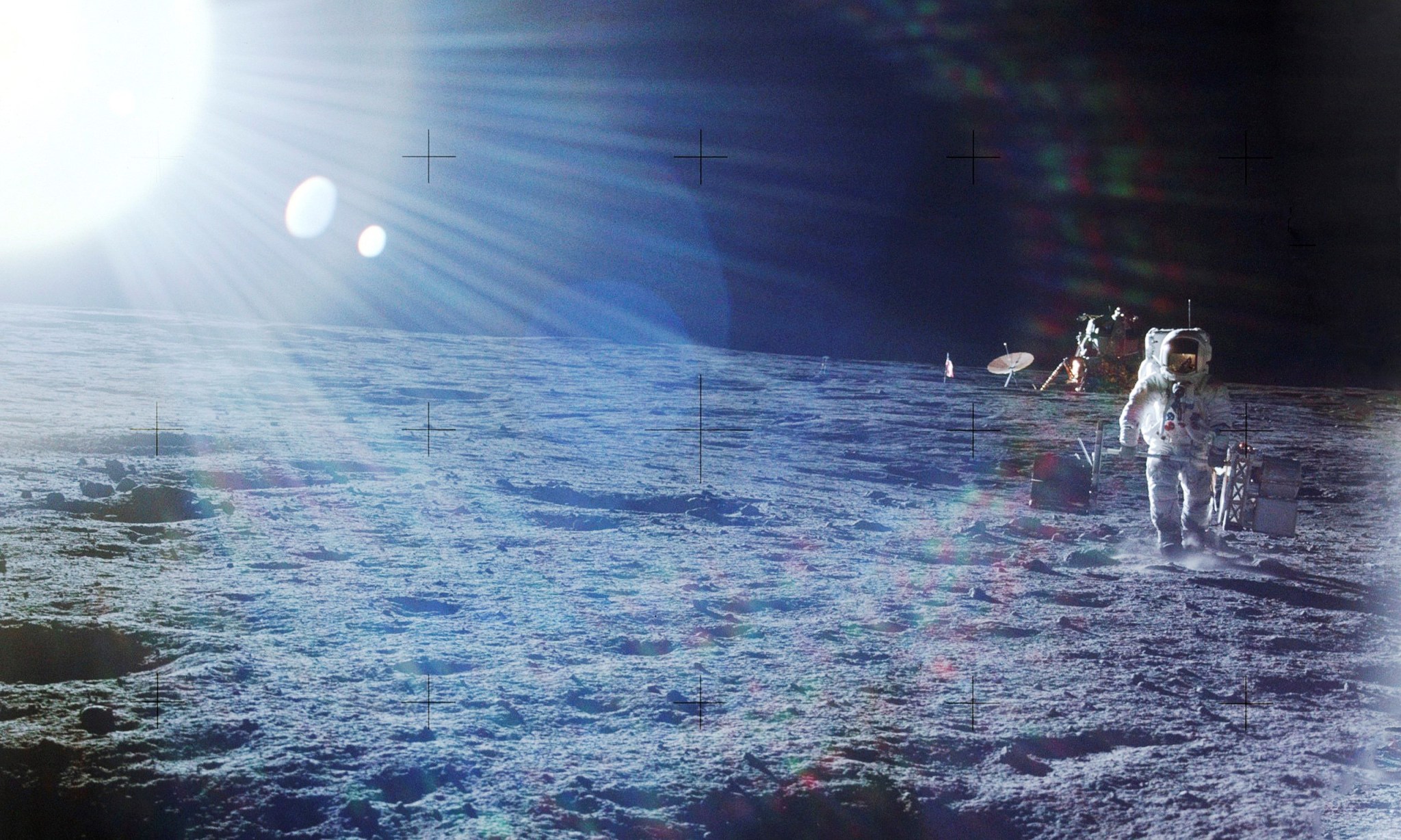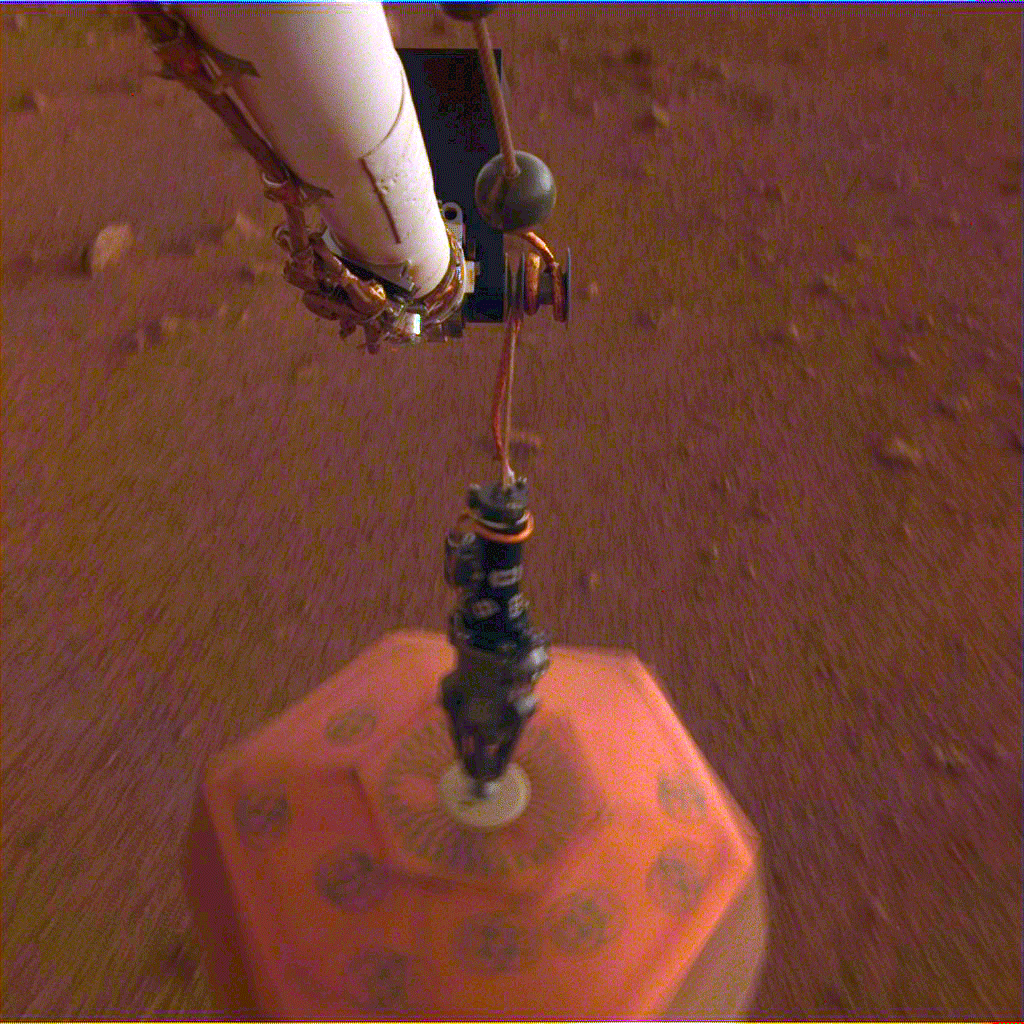NASA hasn’t measured moonquakes since Apollo astronauts deployed a handful of measuring stations at various locations on the lunar surface and discovered unexpectedly that Earth’s only natural satellite was far from seismically inactive.
If Terry Hurford, a geophysicist at NASA’s Goddard Space Flight Center in Greenbelt, Maryland, has his way, a next-generation, highly rugged seismometer that he is now developing with his Arizona State University partner will be one of the innovative new technologies and systems that NASA uses to explore the Moon in greater detail under its Artemis program. Called the Subsurface Lunar Investigation and Monitoring Experiment, or SUBLIME, the system’s data will not only map the Moon’s interior, from its regolith to its core, but also alert astronauts to seismic events.
NASA’s Development and Advancement of Lunar Instrumentation, or DALI, is supporting the effort.
Rudimentary Understanding
Before Apollo, scientists were unaware of the Moon’s quaking. From 1969 to 1977, instruments deployed as part of NASA’s Apollo Lunar Surface Experiment Package, or ALSEP, recorded 12,000 seismic events, including meteor impacts and deep and shallow moonquakes, whose intensities ranged in magnitude from less than three to as high as five. In 1977, NASA turned off the ALSEP array. Although scientists are still mining ALSEP data, “our understanding of the Moon’s interior remains rudimentary and is limited,” Hurford said.
Learning more about the Moon’s internal structure and providing an early-warning system for astronauts, therefore, are a high priority. “One of the key instruments would be a seismometer,” particularly one that is easily deployable, rugged, and relatively inexpensive to build — performance criteria that SUBLIME is expected to satisfy, he added.
Hurford and his team are specifically designing SUBLIME so that any NASA or commercial lander or rover system could deploy it, regardless of terrain and mission duration. The long-term goal is establishing a network of seismic stations.
Already relatively mature due to past investments from several NASA technology-development programs as well as Goddard’s Internal Research and Development (IRAD) program, the path-finding SUBLIME is expected to be nearly ready for deployment once its DALI funding ends in three years. Five other teams involving Goddard experts received DALI funding to advance other instruments, assuring that the center has a role to play in the agency’s next era of exploration.
System Improvements
SUBLIME offers improvements over other systems, Hurford said. “There were several efforts to build planetary seismometers following the full deployment of the Apollo lunar network,” he said. NASA eventually flew them on the Mars Viking mission, Venus Venera 13 and 14 missions, and now the Mars InSight mission, the agency’s first mission dedicated to looking beneath the Martian surface.
The Apollo-era instruments were sensitive to tilt; therefore, astronauts had to position them. And while the Mars InSight instrument is the best-performing planetary seismometer to date, its sensor system is very large. A complex robotic arm must deploy the instrument.
SUBLIME is based the Molecular Electronic Transducer, or MET, a technology Arizona State University is contributing to the effort. Used in terrestrial seismology, MET relies on a fluid that responds to seismic accelerations. The fluid flows through a sensing element that generates a measurable current, which provides highly precise ground-motion data.
The beauty of MET technology is that it is rugged and easily deployable. The SUBLIME unit will include three sensors that are oriented in different directions inside the instrument’s housing. If the package tumbles and ends up on its side, for example, the orientation won’t diminish SUBLIME’s ability to gather data and locate the source of seismic activity. In other words, the instrument package doesn’t have to be positioned precisely to do its job. In addition, it has no moving parts and is easy to fabricate, Hurford said.
Goddard technologists helped improve the sensor’s design to include additional seals and a better way to mount the sensors, Hurford said, adding that the goal under the DALI award is to raise the sensor’s technology readiness so that it confidently proposed for flight.
But the center’s most important contribution are the readout electronics, which feature an advanced, radiation-hardened application-specific-integrated circuit, or ASIC, that minimizes the instrument’s mass and power requirements. Developed by technologist Gerard Quilligan under multiple IRAD awards, the ASIC provides all housekeeping functions and converts the current detected by the MET sensor to a voltage reading and then digitizes it.
IRAD History
“That chip has a lot of history in past IRAD awards,” Hurford said. “The sensor is vital, but it’s not an instrument until you put it all together.”
As a first-generation seismometer, SUBLIME will likely be used initially on short-duration deployments. But it’s design, which could be adapted for use on other planets and moons due to its ruggedness and sensitivity, enables long-term deployments needed to create a network of monitoring stations.
“Someday, I want to detect seismic activity on Europa, and SUBLIME is the first small step toward that goal,” Hurford said.For more information about Goddard technology, go to:https://www.nasa.gov/wp-content/uploads/2020/05/spring_2020_final_web_version_0.pdf?emrc=6b0cdf
Lori Keesey
NASA Goddard Space Flight Center


























